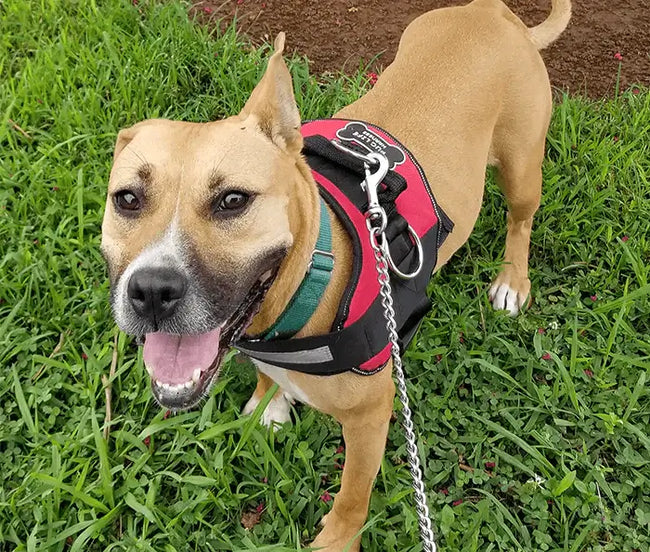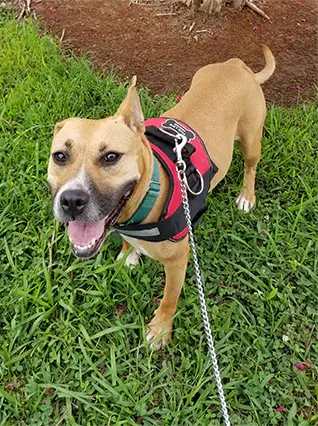Early Warning Signs of Diabetes in Dogs (MUST READ)

Diabetes does not affect humans alone. Dogs can suffer from this serious illness as well. Because of this, it's very important for people with dogs to know which warning signs to look for. If you notice one or more of the following symptoms, it might be an early warning that your dog has diabetes.
Don't panic! We will also cover the steps you should take to get help if diabetes is a concern.

More Water In, More Water Out
One of the most common early signs of diabetes in dogs has to do with water. A dog with undiagnosed diabetes might drink a lot more water than usual and seem very thirsty. Also, because of all the water intake, the dog will need to go to the bathroom more often than usual.
Fatigue & Loss of Interest
Diabetic dogs that have not been diagnosed yet might seem tired all the time. If you have noticed that your dog just wants to lay around, and he or she isn't interested in playing, pay attention. Fatigue and no interest in things he usually enjoys are good reasons to worry.
There might be other causes behind your dog's tiredness. Don't immediately think it's diabetes, but book an appointment with your vet.

Weight Loss Despite Hefty Appetite
A diabetic dog might be very hungry and very thirsty. If your dog has a healthy diet, but still seems hungry after eating, there's a reason. The issue might be something as simple as needing more food to grow. However, a massive appetite is also a sign of diabetes.
If your dog is losing weight despite eating as much as possible, there is also a reason to be concerned. Dogs should not lose weight if they're eating enough food.
Stiff Joints & General Weakness
As a dog gets older, it's normal for him or her to get a little stiff. An old dog's joints aren't what they used to be, after all. However, if this stiffness is new, or your dog is pretty young, this could be a sign of trouble.
On top of moving around slower and seeming stiff, look out for weakness. If your dog struggles to stand, walk, or play, diabetes might be the cause. Even dogs have tough days, so if the animal played a lot the previous day, he might be stiff from the activity. When there's no easy cause to point out, though, it's worth visiting your vet.

Cloudy Eyes & Trouble Seeing
Diabetes is hard on the eyes, so if you notice clouding in your dog's eyes, investigate. Older dogs will sometimes get cloudy eyes as time passes, but if the clouding is new, it isn't normal.
If your dog seems like he or she is having a hard time seeing, diabetes might be the cause as well. Diabetes can lead to blindness, so don't ignore sudden vision issues in your dog.
Skin & Coat Issues
Skin and coat issues are common in diabetic dogs. This is especially true in dogs that aren't getting treatment.
You might notice that your dog's coat is a little more coarse than you remember. The fur might also feel brittle when you pet him or her. The dog's skin might feel dry and flaky as well.
Both of these issues can be signs of untreated diabetes.
What Can I Do?
If your dog is displaying diabetes warning signs, don't wait around. The best thing you can do is call your vet and schedule an appointment for testing. Diabetes can be diagnosed with a few simple tests, and if your dog has it, don't give up.
Diabetes is a difficult, yet treatable condition. There are things you can do to improve your diabetic dog's quality of life.
Your veterinarian might recommend a new type of dog food for diabetic animals. If the situation is severe, you might be given medication to manage your dog's diabetes.
No matter what the outcome is, the last thing you should do is waste time. When diabetes is caught early, there's a good chance it can be managed.
On the other hand, when diabetes is left untreated, the results are always bad.

Diabetes isn't curable, and the symptoms won't go away on their own. It takes a caring human to manage their dog's illness, but doing so can be very beneficial. With the right diet, exercise, and medicine, the symptoms of diabetes can be reduced. Your dog can still live a very healthy life, even with this disease. To make this happen, though, you need to work with your veterinarian.
Do everything you can to help your diabetic pet. If the roles were reversed, you know your dog would do the same for you.
SOURCES: PetCoach, PetMD





















